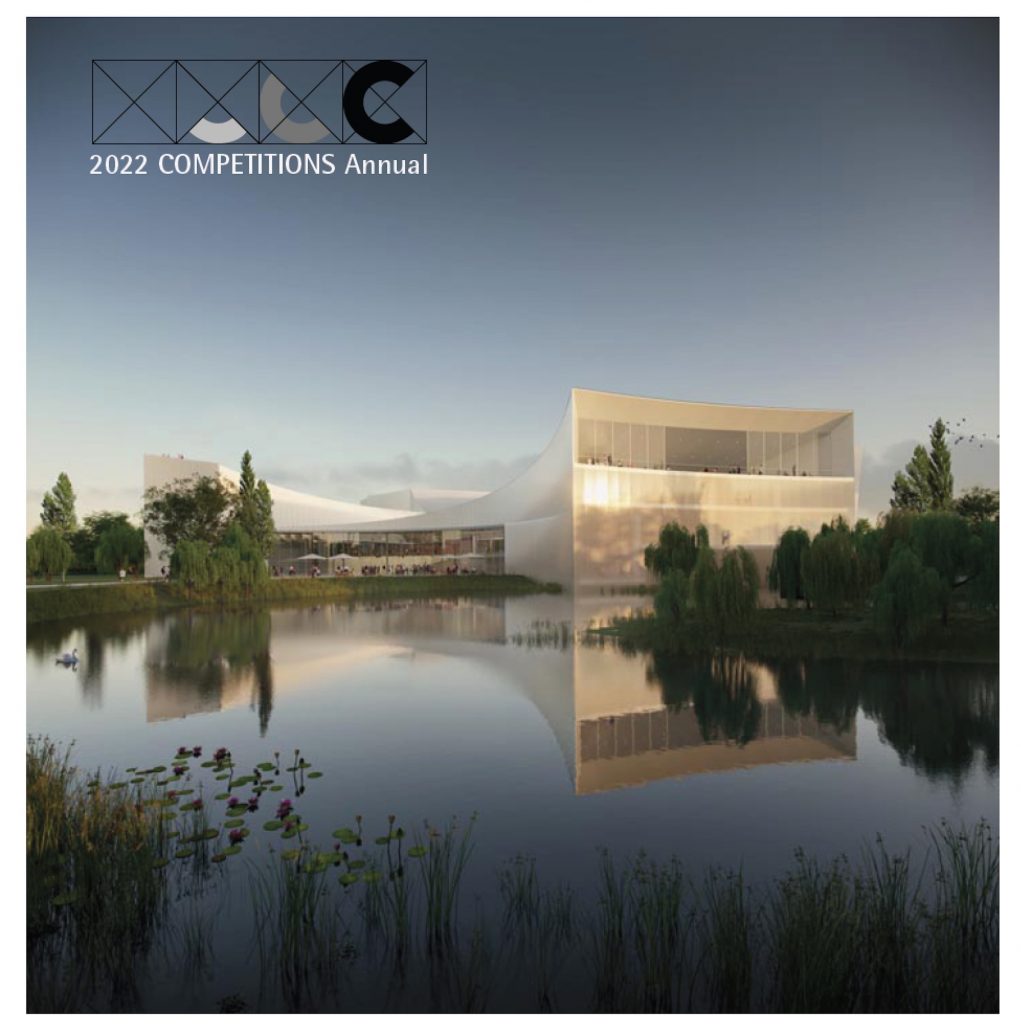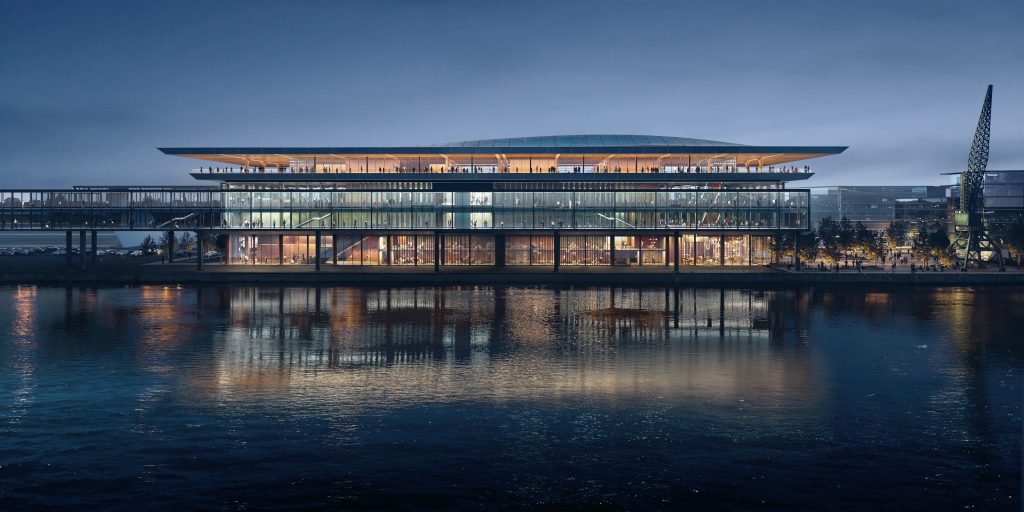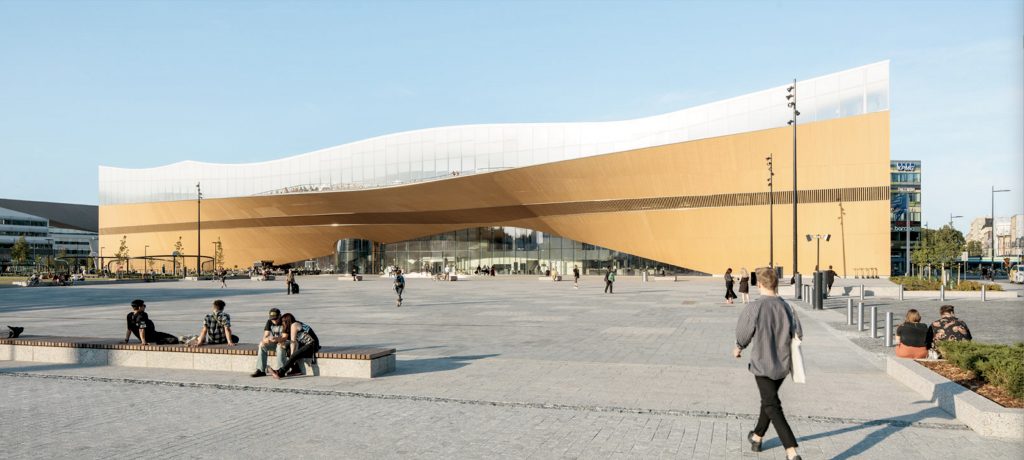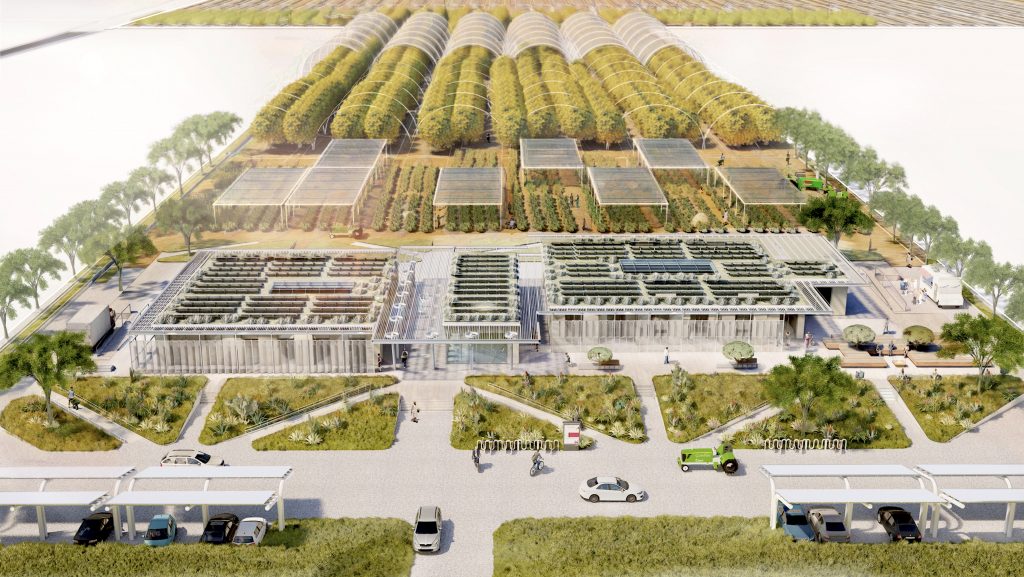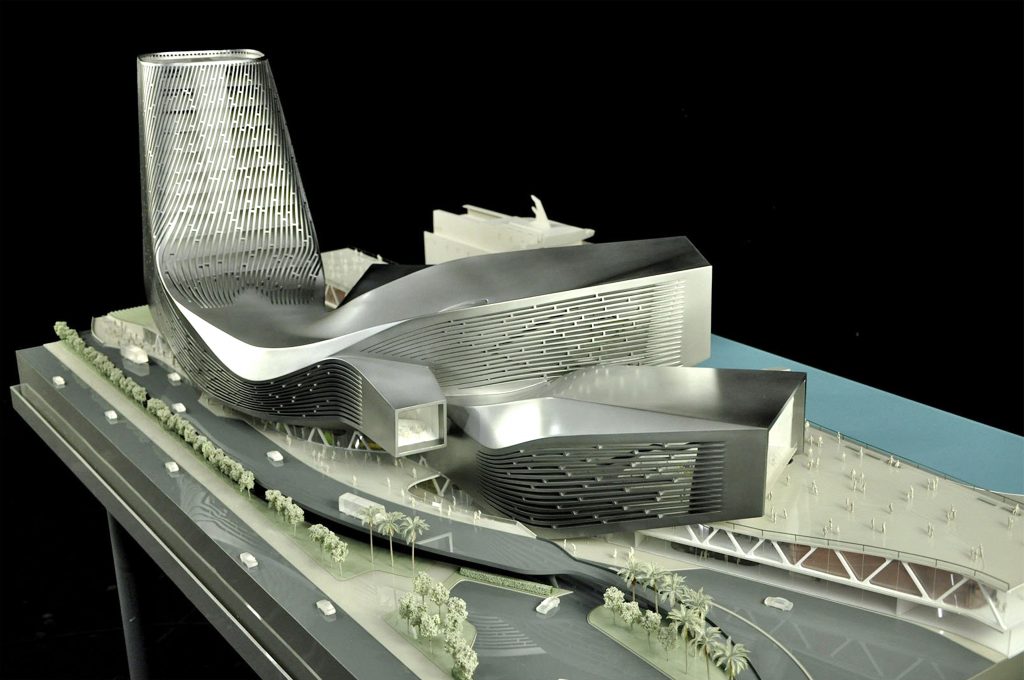Sponsor: The People‘s Government of Quzhou Municipality
Organizer: Administration Committee of Quzhou Smart New City
Co-organizer: Shenzhen Position Spatial Culture Development Co., Ltd.
Type: Open, International
Eligibility: professionals and students
Fee: None
Language: English
Timetable:
22 February 2023 – Email registration deadline
About the Competition
International Competition for Conceptual Design of Landmark Buildings of Quzhou is now open for application. The competition consists of 2 projects. Project #1 is the Wenli Lake Landmark Buildings, and Project #2 is the Intelligent Island Landmark Buildings. Designers are welcome to participate.
Project #1 is open for institutions and individuals. The total bonus for institutions is RMB 7200000, of which the bonus for First Prize is RMB 3400000 (including bonus and follow-up work design fee). For individual applicants, the result will be announced after one round of concept proposal review. The total bonus for individuals is RMB 400000, of which the bonus for First Prize is RMB 150000.
Project #2 is open for institutions only. The total bonus for institutions is RMB 5800000, of which the bonus for First Prize is RMB 2600000 (including bonus and follow-up work design fee).
For above 2 projects, the competition for institutions includes 3 phases: concept proposal (anonymous review), design competition (open review, presentation required) and final evaluation. Institutions are allowed to participate in 2 projects at the same time, and there is no qualification or design experience requirements for institutions.
The competition aims to create landmark buildings representing the image of Quzhou. Designers are encouraged to propose creative and diversified design concepts based on their understanding of background and culture of the city from multiple perspectives, and interpret the significance of landmark buildings to the city in multiple dimensions. Design key points include:
Pioneer · Future
Show cutting-edge architectural ideas, and represent the pioneering and future spirit of the city; innovations are encouraged.
Connection · Sharing
Build the anchor point and highest place of the High-Speed Railway New Town of Quzhou. Promote the interaction between buildings and city, and stimulate public vitality.
Site-Specific · Integration
Integrate cultural elements, and consider local characteristics and landscape resources to create a unique city symbol.
Artistic · Aesthetic
Create timeless classic architectural works and build it into a focal point of urban art and culture.
For more information and to enter:
quzhou.archiposition.com



























